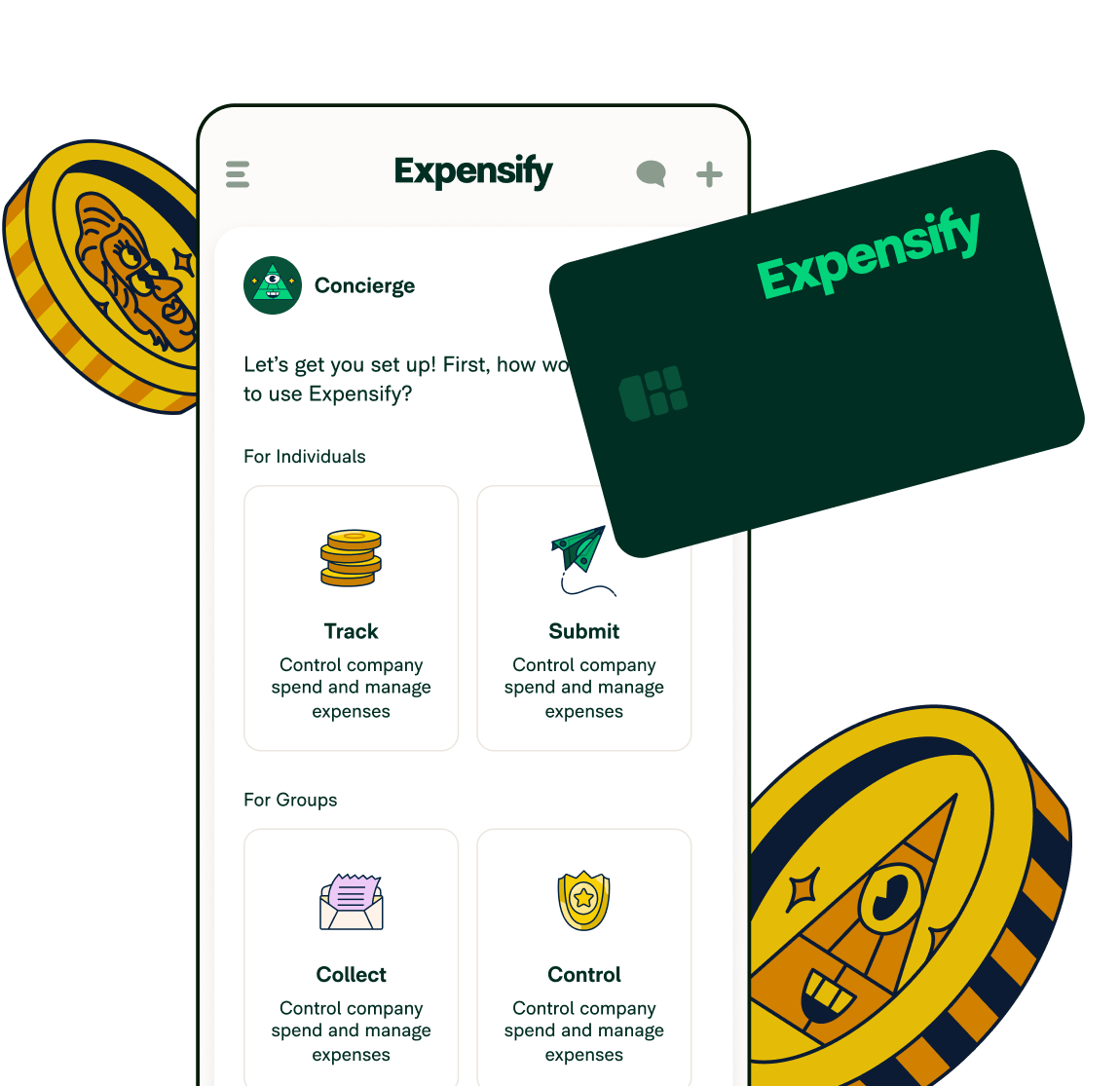Aprio Cloud case study

A business built on cloud solutions
Aprio Cloud's business has always revolved around tech innovation. By partnering with other cloud-based platform solutions that automate antiquated accounting processes, the firm not only helps its clients reduce human error, but enables them to focus on core business functions rather than wasting time with manual processes.
“Expensify makes the expense reporting process so easy, especially with their real-time integration with Xero. At Aprio Cloud, we are all about creating automated, efficient, processes for our clients." - Bruce A Phillips, Managing Director & Partner
Finding the best cloud expense management solution
Aprio Cloud Client, Mobius, on Expensify: “Before using Expensify, Xero, and Aprio Cloud together, we did everything manually. Data would be missing or disorganized, and employees would hand in their expenses late each month. We finally realized our process just wasn’t working and we needed to find something else, and that's where Expensify came in." - SuzAnne Sisak, Manager of Operations at Mobius Medical Systems, LP
We had a few employees trial Expensify first, and the results were unanimous — Expensify is the best expense solution out there.
Valuable time saved
“Expensify saves us so much time! As an admin, the system saves me personally at least 10-12 hours a month, and our employees at least an hour per month. We’re looking at about 40-50 hours a month of time saved, which is incredible.” - SuzAnne Sisak, Manager of Operations at Mobius Medical Systems, LP .






